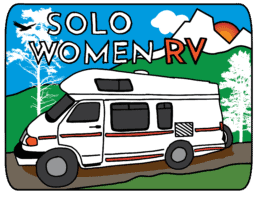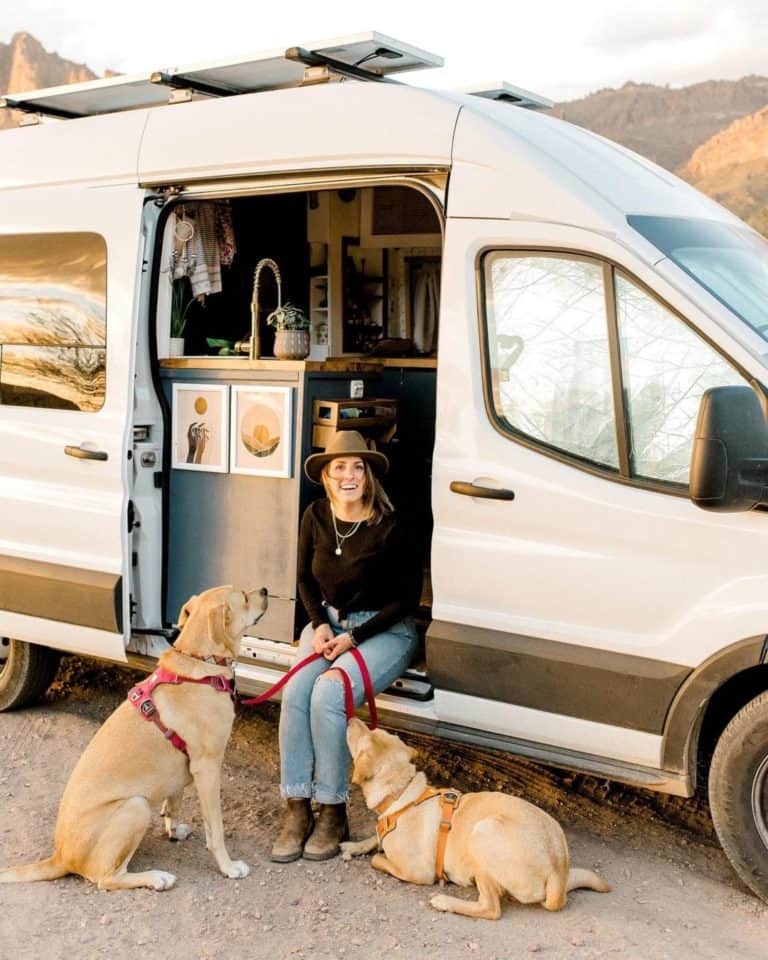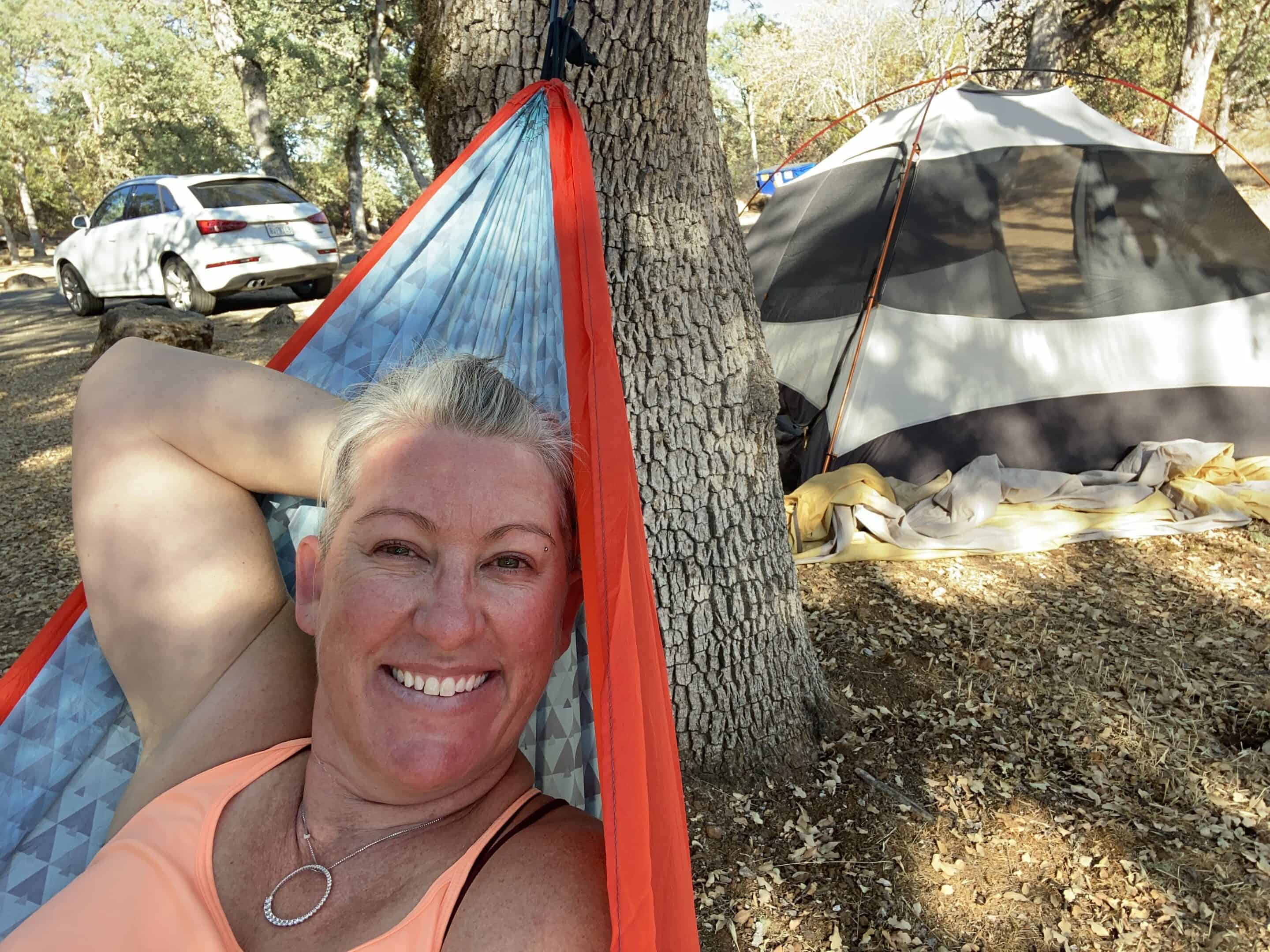RV Towing and Trailer Safety
My guest this week is Vicki Burke. Vicki has been a campground host in Michigan for 24 years. Not only has she witnessed all the mishaps and mistakes someone can make driving or towing an RV, she’s made a few of them herself. She was brave enough to come on the podcast to share, not only her RV towing safety tips, but also her own mishaps so we can all learn from them.
Show Notes:
Hitch Safety:
- Level toe a must. Rise or drop of the ball
- Hitch tailored to your vehicle. Different classes of weights
- Size and weight of what you will be towing
- Anti sway sway bars or adjustable sway bar. Generally for smaller ie: pop-up or teardrop
- Weight distribution hitch.
- Formula for needing Distrib. Hitch- When your unit starts to outweigh your vehicle’s weight by one half (So know your vehicle’s dry weight)…so a 5000 pound truck would need a distrib hitch on a trailer 2500lbs or more.
Weight Safety:
- Weight- Sticker inside door
- UVW– Unloaded vehicle weight or Base weight- may sometimes include built in propane weight
- CCC – Cargo capacity weight- weight of anything you will put into the unit from dishes to linens, to chairs, cabinets, crafts, food, your water, propane, batteries, etc. With Motor homes this also includes passengers and pets
- GVW– Gross Vehicle weight The total weight of your vehicle plus cargo
- Tongue weight or hitch weight- The pressure on your vehicle.This has to do with how much weight you can put into or onto your tow vehicle.
- Payload capacity of your truck in case of 5th wheel.
Wheelbase Calculations:
- Wheelbase of your tow vehicle
- Measure center of front wheel to center of rear wheels
- Rule- 110 inch wheel base can pull up to 20 foot trailer. One more foot for every 4 inches above 110.
- Backward under 110 then it’s 5.25 inches. (I go 6 inches) so for 104 inch wheel base 19 foot max. For 98 inch wheel base then 18 foot. (I wouldn’t do)
Extra Safety Considerations:
- Safety Chains
- Chocks
- Surge Protector
- Leveling blocks
- Break release
- Hitch pin and lock
- Wheel bearings
- Have a walk around check list
- Double stopping room or more *All of the weights affect how much room needed to stop your vehicle
- Propane Safety







